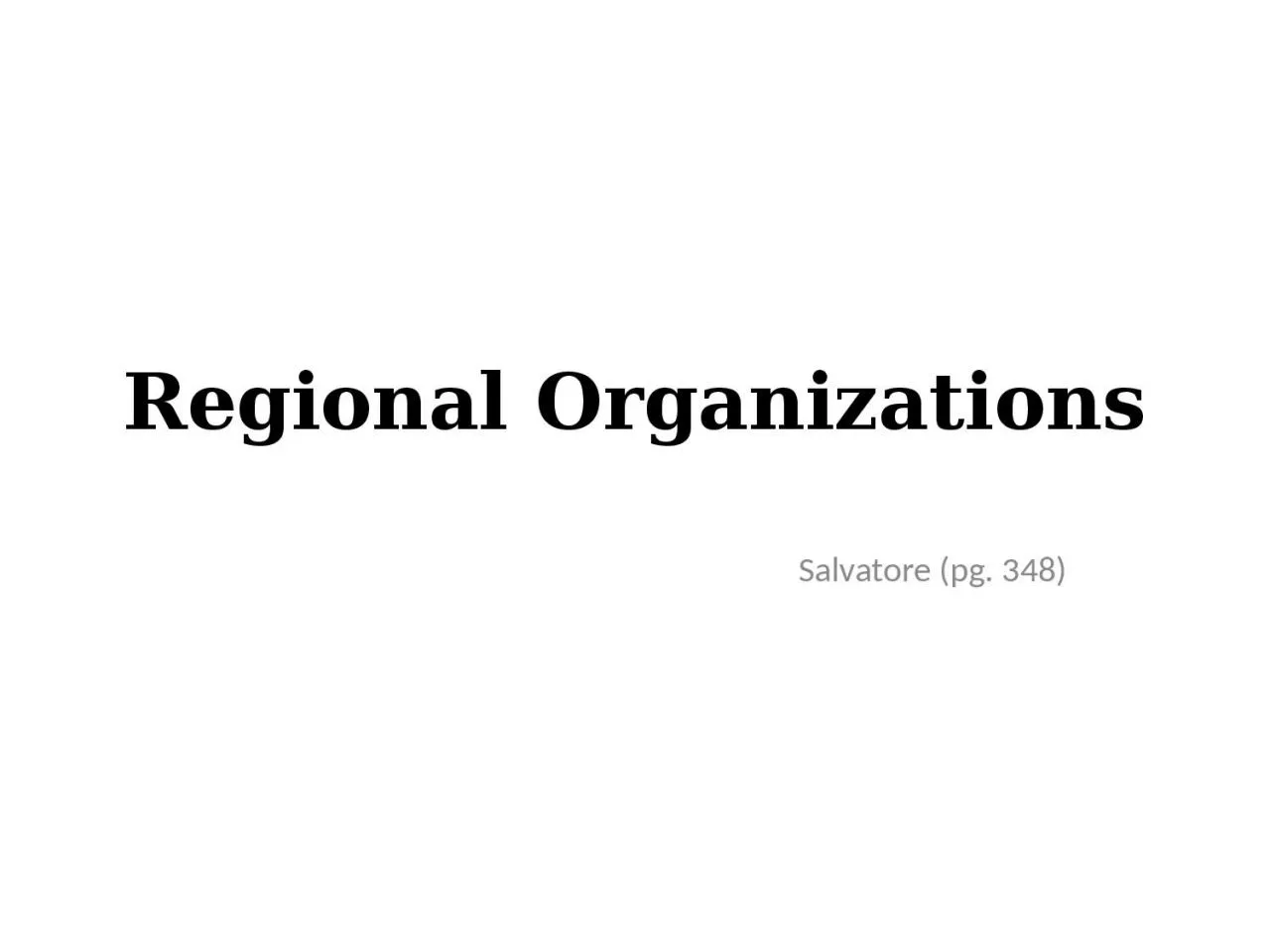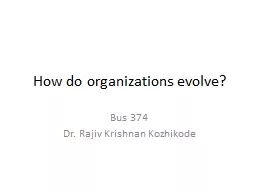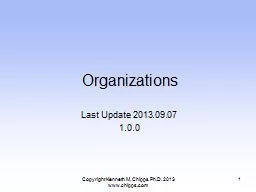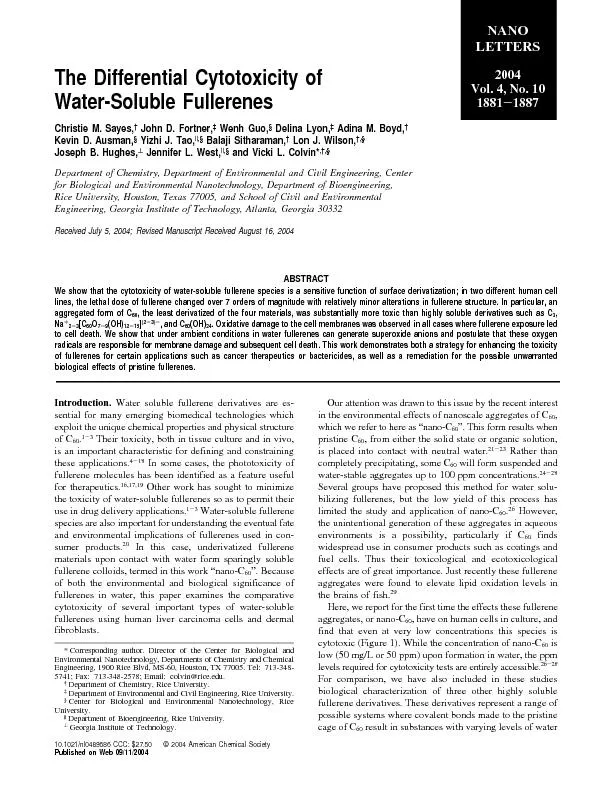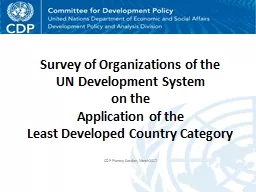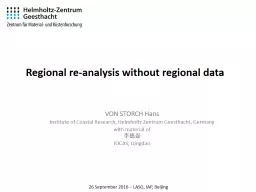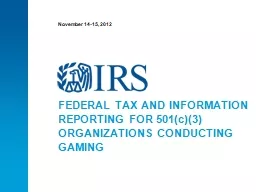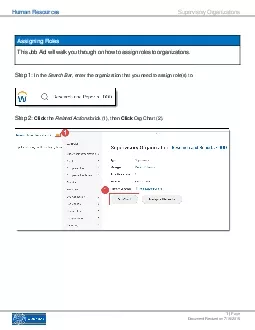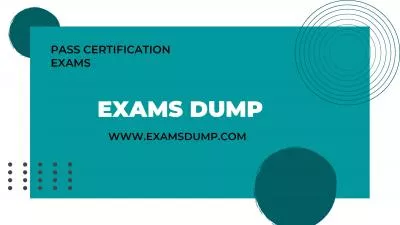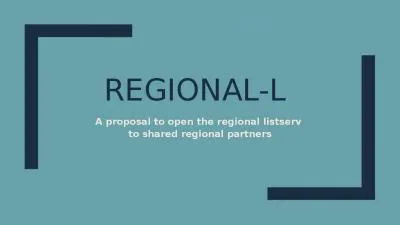PPT-Regional Organizations Salvatore (pg. 348)
Author : brooke | Published Date : 2023-10-31
European Union European Free Trade Association EFTA In 1960 the free trade area EFTA was formed by the outer seven nation the United Kingdom Austria Denmark Norway
Presentation Embed Code
Download Presentation
Download Presentation The PPT/PDF document "Regional Organizations Salvatore (pg. 34..." is the property of its rightful owner. Permission is granted to download and print the materials on this website for personal, non-commercial use only, and to display it on your personal computer provided you do not modify the materials and that you retain all copyright notices contained in the materials. By downloading content from our website, you accept the terms of this agreement.
Regional Organizations Salvatore (pg. 348): Transcript
Download Rules Of Document
"Regional Organizations Salvatore (pg. 348)"The content belongs to its owner. You may download and print it for personal use, without modification, and keep all copyright notices. By downloading, you agree to these terms.
Related Documents

